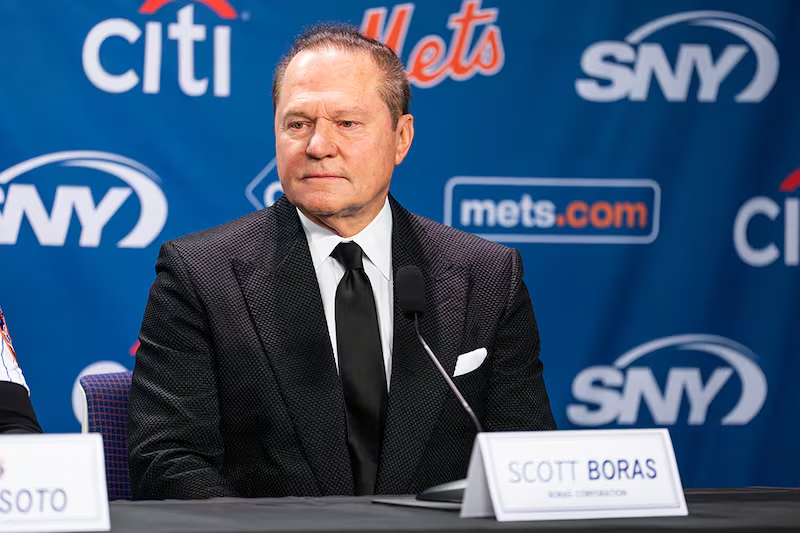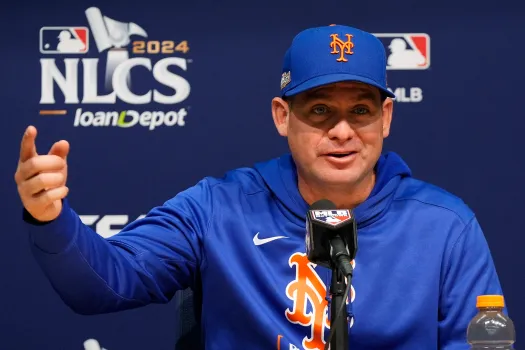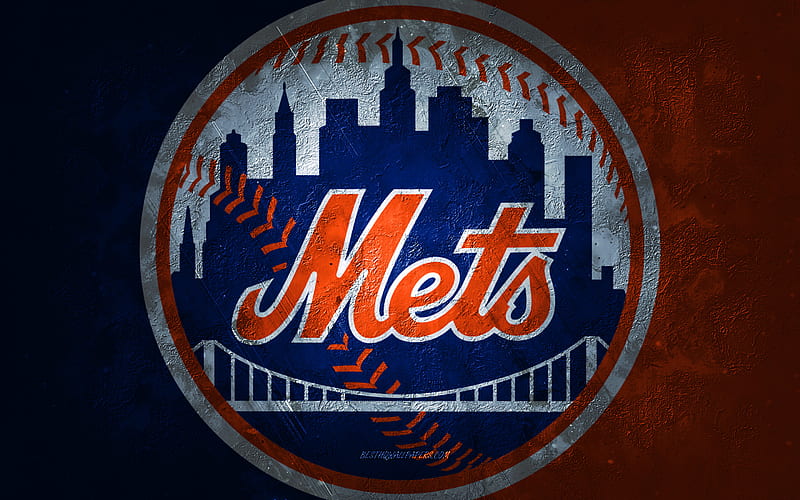When the Mets inked a one-year, $13 million deal with Luis Severino on November 29, it marked David Stearns’ inaugural significant move as President of Baseball Operations for New York. Initially, it hinted at a potential flurry of major transactions for the club, with Severino poised to address a gap in the team’s pitching rotation.
Fast forward to March, and Severino stands out as one of the prominent figures in the team’s relatively subdued offseason. Apart from Sean Manaea, no other new acquisition commanded as much of Steve Cohen’s investment as the former Yankees ace. With Kodai Senga sidelined due to injury, Severino’s performance gains even more importance at the onset of the 2024 season.

Although it feels like ages ago, Severino was once among the elite starting pitchers in the league. He burst onto the scene in 2015 with an impressive 2.89 ERA in 11 starts, but struggled in 2016 with a 5.83 ERA across 11 starts and 11 relief appearances. However, he rebounded in 2017, establishing himself as an ace with the Yankees during a season that saw the team advance to the ALCS. Despite injuries interrupting his prime, Severino’s standout seasons in 2017 and 2018, earning him All-Star nods and placing him high in Cy Young voting, underscore his past success.
Injuries have since derailed Severino’s trajectory from elite starter to a source of uncertainty. After signing a lucrative extension with the Yankees in 2019, he faced a series of setbacks, including rotator cuff inflammation and a Grade 2 lat strain. Subsequently, he underwent Tommy John surgery, causing him to miss the entire 2020 season. Despite partial returns in 2021, his playing time remained limited. In the following seasons, although he made more starts, his performance suffered, marked by declining statistics.
Now, Severino finds himself donning the Mets’ uniform, marking a significant shift from his tenure with the Yankees. While injuries have diminished his once-dominant fastball, Severino retains a varied pitch repertoire, including a newly added cutter, suggesting potential effectiveness if he can maintain his health.

Currently, Severino is projected as a mid-to-back-end rotation option for the Mets, behind Senga and Quintana. However, his role could evolve depending on his performance and the team’s needs. While a return to his peak form seems unlikely, Severino remains motivated to showcase his abilities and secure a more lucrative contract in the future.
Ultimately, Severino’s impact on the Mets will hinge on his ability to stay healthy and regain his previous form under the guidance of pitching coach Jeremy Hefner. A successful resurgence could elevate the Mets’ standing in the National League, although uncertainty looms over his potential contribution. Nonetheless, seeing Severino in Mets colors instead of the familiar Yankees pinstripes marks a significant change for baseball fans.


